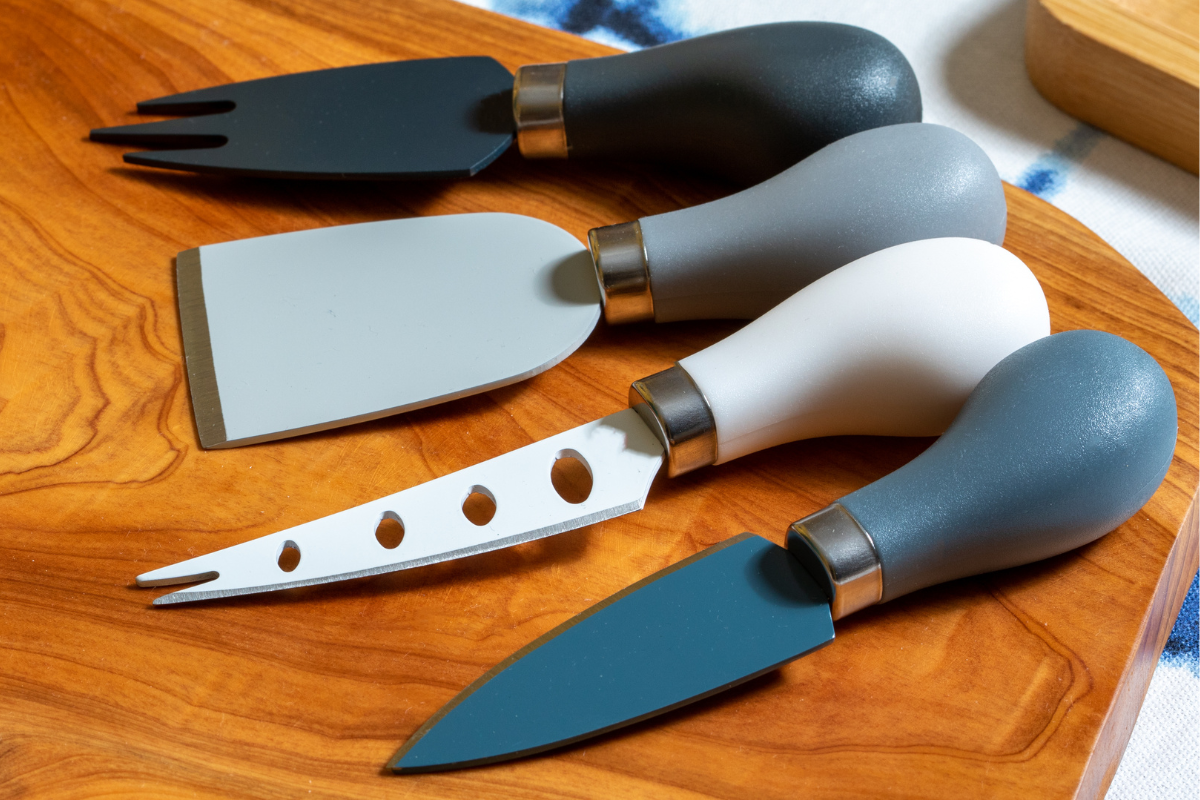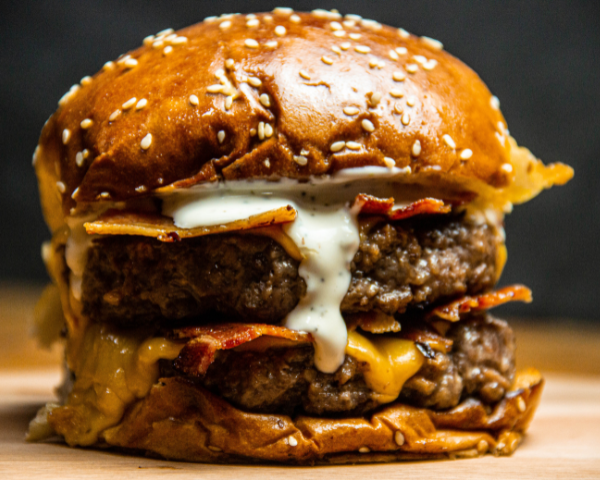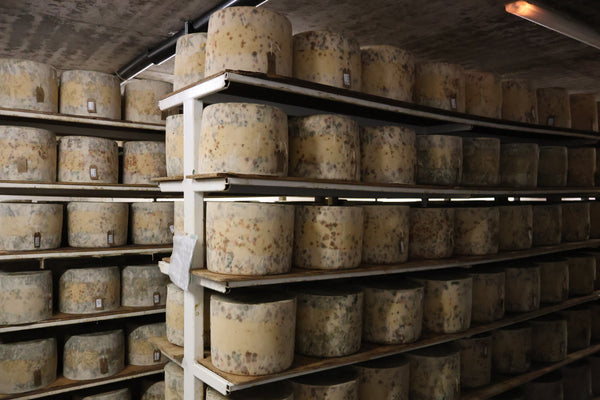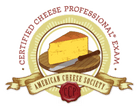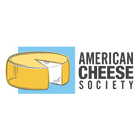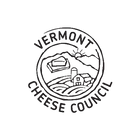Cheese is a fantastic addition to your Thanksgiving celebration with its many crowd-pleasing flavors, textures, and aromas. Whether serving it before or after your meal, using the right knife for each cheese style can elevate your experience and make serving a breeze. In this guide, we'll explore the art of cheese cutting and recommend the perfect knives for various cheese styles.
As you know, we recommend cheeses be left whole when served. When left whole, your cheese will hold up better and won't dry out during the evening. Also, an intact wedge of cheese tells a story when you can see the shape and the rind. Serving cheese whole is de rigueur across Europe, a place with a deep cheese culture. So, let's honor the cheese by leaving it whole, and with a few well-chosen knives, your guests will navigate the cheese board with no trouble.
Soft Cheeses
Soft cheeses like Brie, Camembert, and soft goat cheese have delicate, edible rinds and creamy interiors that demand a light touch. The ideal knife for these cheeses is a thin-bladed or spreader knife. These knives create clean, smooth cuts that preserve the integrity of the cheese without causing it to smush or stick to the blade.
Semi-Soft Cheeses
Semi-soft cheeses like Fontina, Whitney, and Swallowtail Tomme possess a slightly firmer texture than their softer counterparts. A skeleton knife is the tool of choice for these cheeses. The skeleton knife has holes in the blade, so there is less area for the cheese to stick.
Firm Cheeses
Firm cheeses like cheddar, Manchego, and Comte are characterized by their firm, dense texture. You'll need a sturdy cheese cleaver or a good all-purpose knife to tackle these cheeses. The cleaver's weight and thickness enable you to cut the cheese easily, and an all-purpose cheese knife has that forked tip that allows you to pick up the piece you cut.
Hard Cheeses
The big hard cheeses like aged Gouda and Parmigiano Reggiano are best eaten in chunks; that way, you experience all those crunchy protein crystals. The best tool is a short-handled knife with a sharp point. Stick the knife's point into the cheese and turn to get a nice chunk.
Blue Cheeses
Blue cheeses, featuring distinctive veins of mold, have a creamy yet crumbly texture. A soft and flexible knife like a cheese spreader or a butter knife is ideal for these cheeses. The flexibility of these knives allows you to spread the cheese onto crackers or bread without damaging their delicate structure.
All cheese lovers should have a good set of cheese knives; if you serve cheese frequently, they are a must. We've posted some cheese-cutting guides on our Instagram; sometimes, if you cut the first small piece, it can guide your guests. You can find the cutting guides in our highlights.
